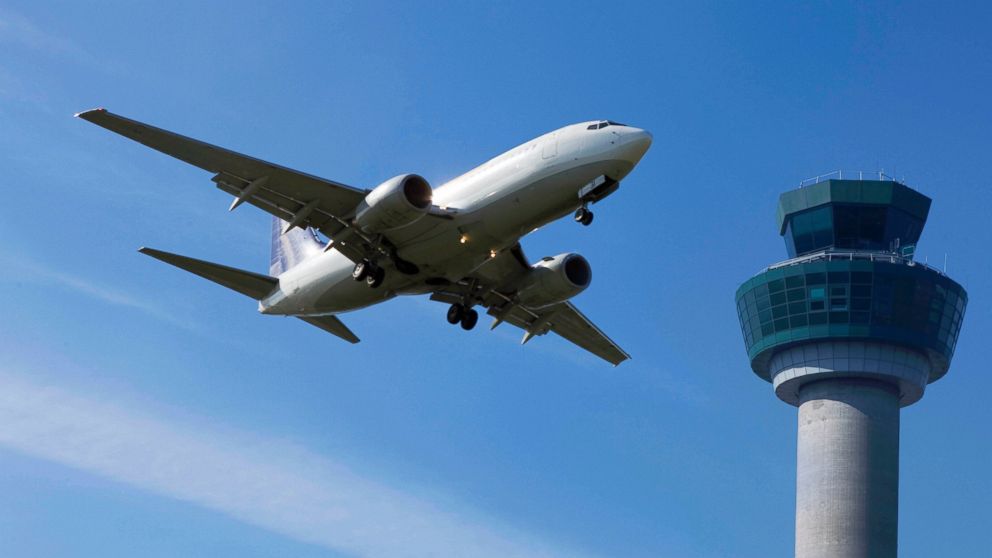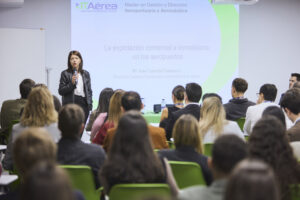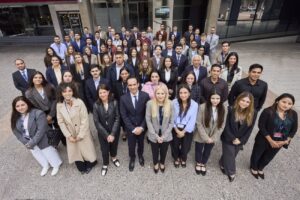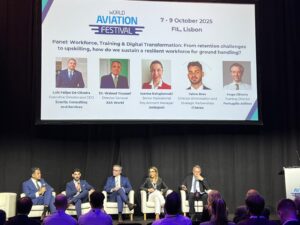
The poor sustainability of European air navigation
News
There is a pressing problem that hangs over the European Air Navigation sector: the fragmentation of airspace and its poor efficiency from the point of view of sustainability.
European airspace routes are excessively long and extend to heights less than optimal for aviation. This is directly related to the problem of national airspace borders, which do not make sense considering that the objective is to achieve efficiency and to unify airspace in order to simplify air navigation and make better use of it. of technical and human resources.
On the other hand, it is also necessary to mention the time lost by air transport users due to delays, the excessively long flights or the missed connections. In addition, environmentally, this supposes a great economic cost.
The future of airspace involves tackling such a relevant issue as the design and architecture of future European air routes with an eye towards the challenge of a Single European Digital Sky, sustainable and safe.
The Single European Sky
The Single European Sky (SES) is a regulatory initiative of the European Union that was created in 1999 and approved in 2004 with the fundamental objective of restructuring the continent’s air navigation management system, promoting its evolution towards a most effective air transportation system. This project was born even before terms such as climate change or environmental sustainability became popular. However, this measure has reached the age of twenty and its execution is still in the air.
The objectives of SES are the harmonization and improvement of efficiency in the provision of air navigation services in the European Union by increasing the capacity of air control, reinforcing security, reducing the fragmentation of European airspace, improving the integration of the military sphere. in our skies and facilitate the introduction of new technologies.
This approach to the air unification process came after the design of a common space that allowed free cross-border movement. For this, SESAR (Single European Sky ATM Research) was founded “as a technological instrument”. The idea was to have an air traffic control infrastructure designed for 2020 that would enable a “safe and ecological” development of this type of transport, as stated by the State Aviation Safety Agency (AESA). At the moment, SESAR is slated to complete its development and validation phase in 2024.
In addition to reducing the fragmentation of airspace and improving its effectiveness within the continent, the Single European Sky has other not inconsiderable advantages. These include the improvement of security, the integration of the military field in the European skies and the decrease in the cost of tickets.
With a limit for its implementation set in 2035, it is estimated that the average drop in the price of the ticket could be 69 euros for first class and 36 euros for the tourist category, compared to 2014 prices. It could reach 74 euros in the first case and 48 euros in the second, on a flight of around two hours and an occupancy of 140 passengers. But above all, the more direct route layout would make it possible to reduce flight times by more than eleven minutes on average, which would result in lower fuel consumption and, therefore, in a reduction in polluting emissions of up to the 10%.
This analysis was carried out in 2017 by IATA. It is estimated that unifying the 28 airspaces (takes into account the United Kingdom), would increase European GDP by 245,000 million in a projection to 2035. In Spain it would be 15,000 million.
Many players in the sector have already spoken in favor of this measure to the detriment of the so-called green tax, with which the European Commission intends to tax, as well as discourage certain practices that are harmful to the environment. It remains to be seen if this project becomes a reality or remains on wet paper.
ITAérea and the United Nations offer the only postgraduate degree in sustainable management of air transport in English
ITAérea Aeronautical Business School supports and encourages policies and measures to fight climate crisis and environmental conservation. Our commitment to the cause and the first step in this direction was signed by agreement at the UN headquarters in Geneva, in 2017. At the time the first stone was laid of what today is the only master in sustainable air transport management in the world. Taught in English, the Master in Sustainable Air Transport Management MATSM offers our students the essential tools for a sustainable and efficient management of all companies covered by air transport: from airports to airlines, through auxiliary service companies, service providers of air navigation, aircraft manufacturers, etc.
CONTACT info@itaerea.com +34 968 966 885 TEACHERS TRAINING





